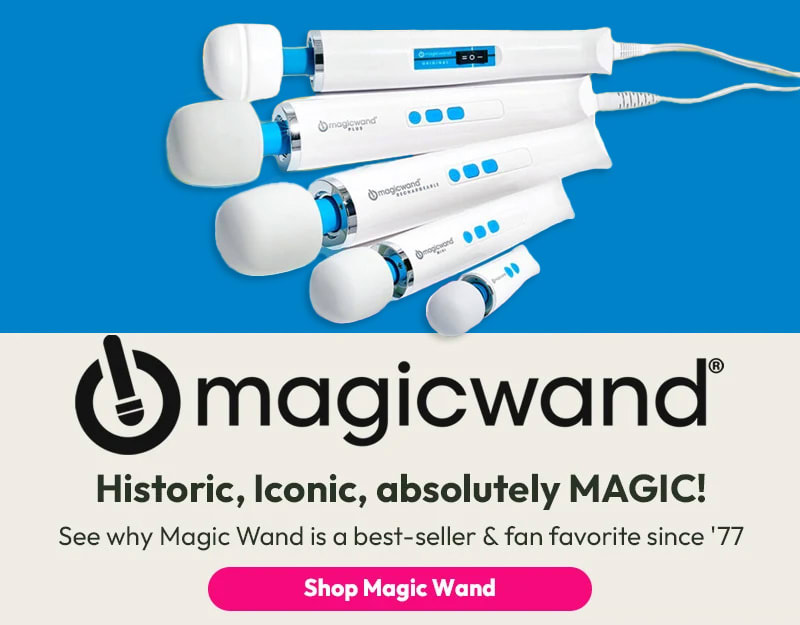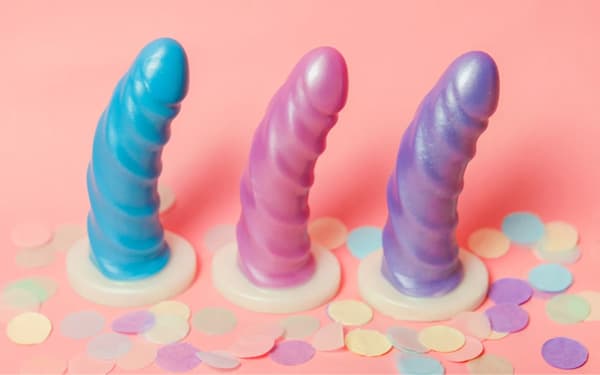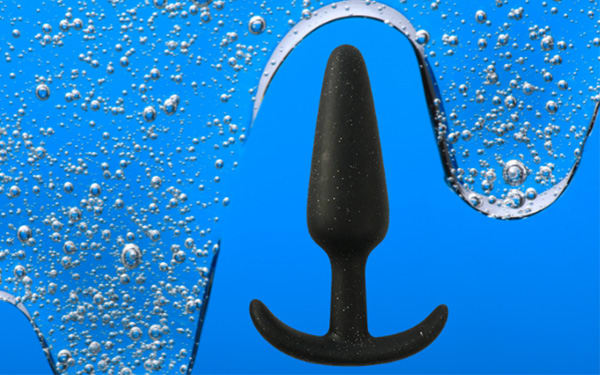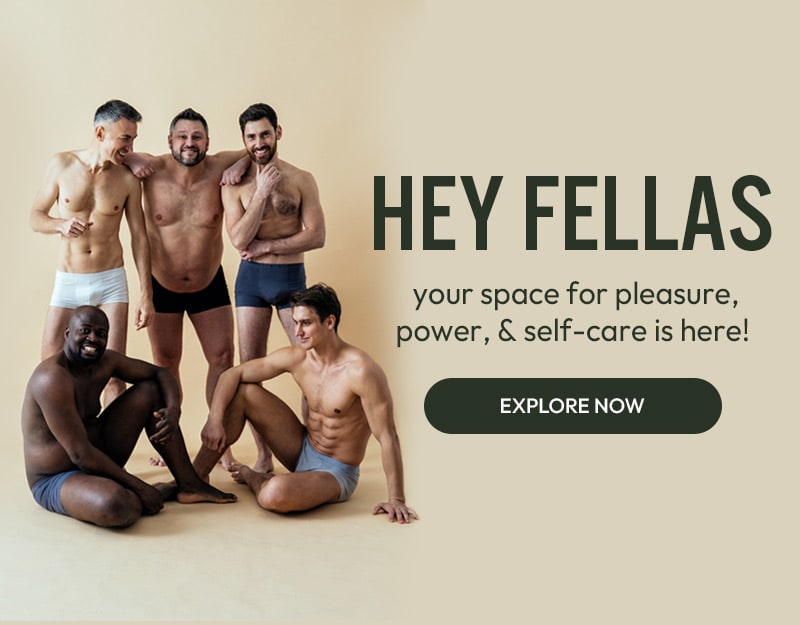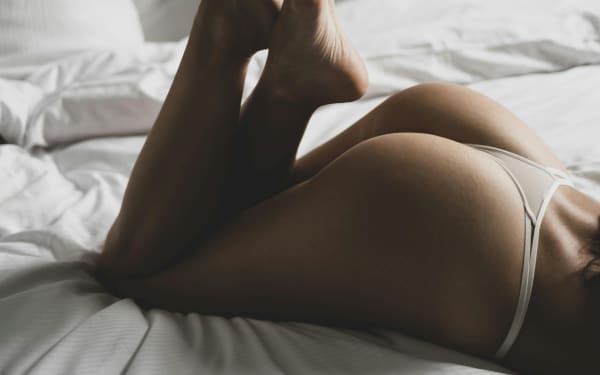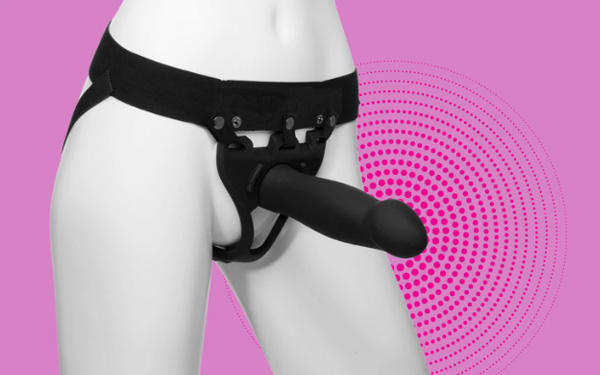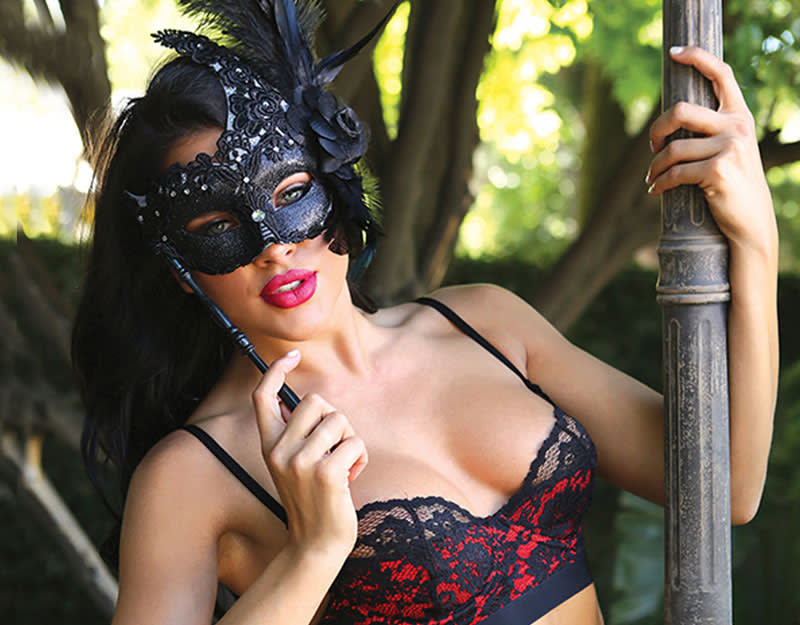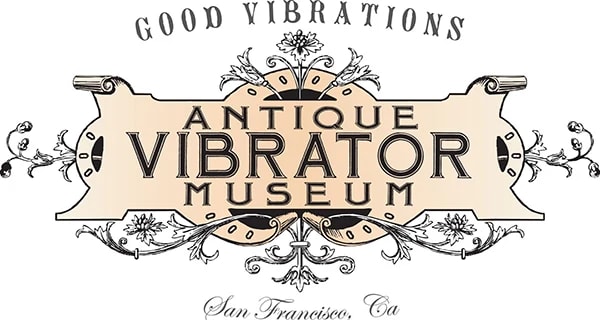1620 Polk Street (at Sacramento)
San Francisco, CA 94109
415-590-6245
Open Daily 12:30pm - 6:30pm
For more information about the Good Vibrations Antique Vibrator Museum or to book a personalized tour with curator Dr. Carol Queen, please email antiques@goodvibes.com.
Antique Vibrator Museum
Please Note: The Antique Vibrator Museum is part of Good Vibrations, and it may be closed from time to time to accommodate classes, book signings, special parties, and staff trainings, as well as private tours and press events focused on the museum itself. If you wish to visit the museum, please phone us to confirm that none of these occasional closures will affect your enjoyment of the antique vibrator collection when you come by to view it. Thank you for your understanding!
Free Antique Vibrator Museum docent tours happen monthly, check here for upcoming tour dates. Please RSVP in advance through the event link or by calling our Polk St. Good Vibes store location at: (415) 345-0400.
The history of the vibrator is a fascinating one, and Good Vibrations gladly sheds light on the unlikely origins of its industry. The electric vibrator had its inception in 1869 with the invention of a steam-powered massager, patented by an American doctor. This device was designed as a medical tool for treating what was called “hysteria,” or "female disorders." Within 20 years a British doctor followed up with a more portable battery-operated model; by 1900, dozens of styles of electric vibrators, just like those in our exhibit, were available to the discriminating medical professional.
About Our Museum
Good Vibrations' founder, Joani Blank, collected antique vibrators for over 20 years. We display her treasures alongside our company collection on-line and occasionally in both our San Francisco and Brookline stores, and the vibes in our collection date from the late 1800s up through the 1970s. The electric vibrator had its inception in 1869 with the invention of a steam-powered massager, patented by an American doctor. This device was designed as a medical tool for treating "female disorders." Within 20 years a British doctor followed up with a more portable battery-operated model; by 1900, dozens of styles of electric vibrators, just like those in our exhibit, were available to the discriminating medical professional.
Each of our retail locations showcase a few vintage vibrator models, while our Antique Vibrator Museum houses the largest collection. Housed at our Polk Street Good Vibes store and is a landmark for San Francisco visitors and resident sexuality scholars alike. Our vibrators have been featured in films such as The Power & The Passion, and Hysteria, a romantic comedy staring Maggie Gyllenhaal.
Treating Hysteria
Physicians employed vibrating devices in the treatment of "hysteria," which they viewed as the most common health complaint among women of the day. Hysteria was a medical term developed to describe a woman's display of mental or emotional distress, behavior then considered a disease in need of treatment. Though the existence of hysteria as a disease was debunked by the American Psychiatric Association in 1952, medical experts from the time of Hippocrates up to the 20th century believed that hysteria expressed the womb's revolt against sexual deprivation. Genital massage was a standard treatment for hysteria; its objective was to induce "hysterical paroxysm" (better known as orgasm) in the patient. Such treatment demanded both manual dexterity and a fair amount of time, so turn-of-the-century physicians were delighted with the efficiency, convenience and reliability of portable vibrators. In light of hysteria's historical legacy, we can see that classifying hysteria as a disease was a refusal to acknowledge female sexuality as a human trait on par with male sexual functioning, as well as a refusal to recognize orgasm as a normal function of female sexuality.
Health, Vigor and Beauty
The vibrator was later marketed as a home appliance in women's magazines and mail order catalogs. Ads proffering "health, vigor and beauty" promoted the vibrator as a health aid. By the 1920s, doctors had abandoned hands-on physical treatments for hysteria in favor of psychotherapeutic techniques. But vibrators continued to have an active commercial life in which they were marketed (much like snake oil) as cure-alls for ills ranging from headaches and asthma to "fading beauty" and even tuberculosis!
The ad copy for these vibrators was coy and ambiguous. "Be a glow getter," one package insert suggests. And who wouldn't be tempted to experience "that delicious, thrilling health-restoring sensation called vibration," when assured that "it makes you fairly tingle with the joy of living"? The vibrator's usefulness for masturbation was never acknowledged; however, as vibrators began appearing in stag films of the 1920s, it became difficult to ignore their sexual function. Probably as a result, advertisements for vibrators gradually disappeared from respectable publications.
A Superior Sex Toy
To this day, electric vibrators are marketed solely as massagers -- and battery or rechargeable vibes as novelties -- while manufacturers steadfastly ignore their sexual benefits. vibrators are now a big business; they are sold through drug stores, department stores and even the Sears catalog! Here at Good Vibrations, we dream of the day when all vibrators are proudly promoted as the superior sex toys they are. After all, as a vintage advertisement claims, "almost like a miracle is the miraculous healing force of massage when rightly applied."
If you'd like to read more on the history of the vibrator, spend some time with the following books:
- Blank, Joani:Good Vibrations: The New Complete Guide to Vibrators (San Francisco: Down There Press, 2000)
- Levins, Hoag: American Sex Machines: The Hidden History of Sex at the U.S. Patent Office (Massachusetts: Adams Media Corporation, 1996)
- Maines, Rachel P.: The Technology of Orgasm, "Hysteria," the Vibrator, and Women's Sexual Satisfaction (Baltimore and London: The Johns Hopkins University Press, 1999)
